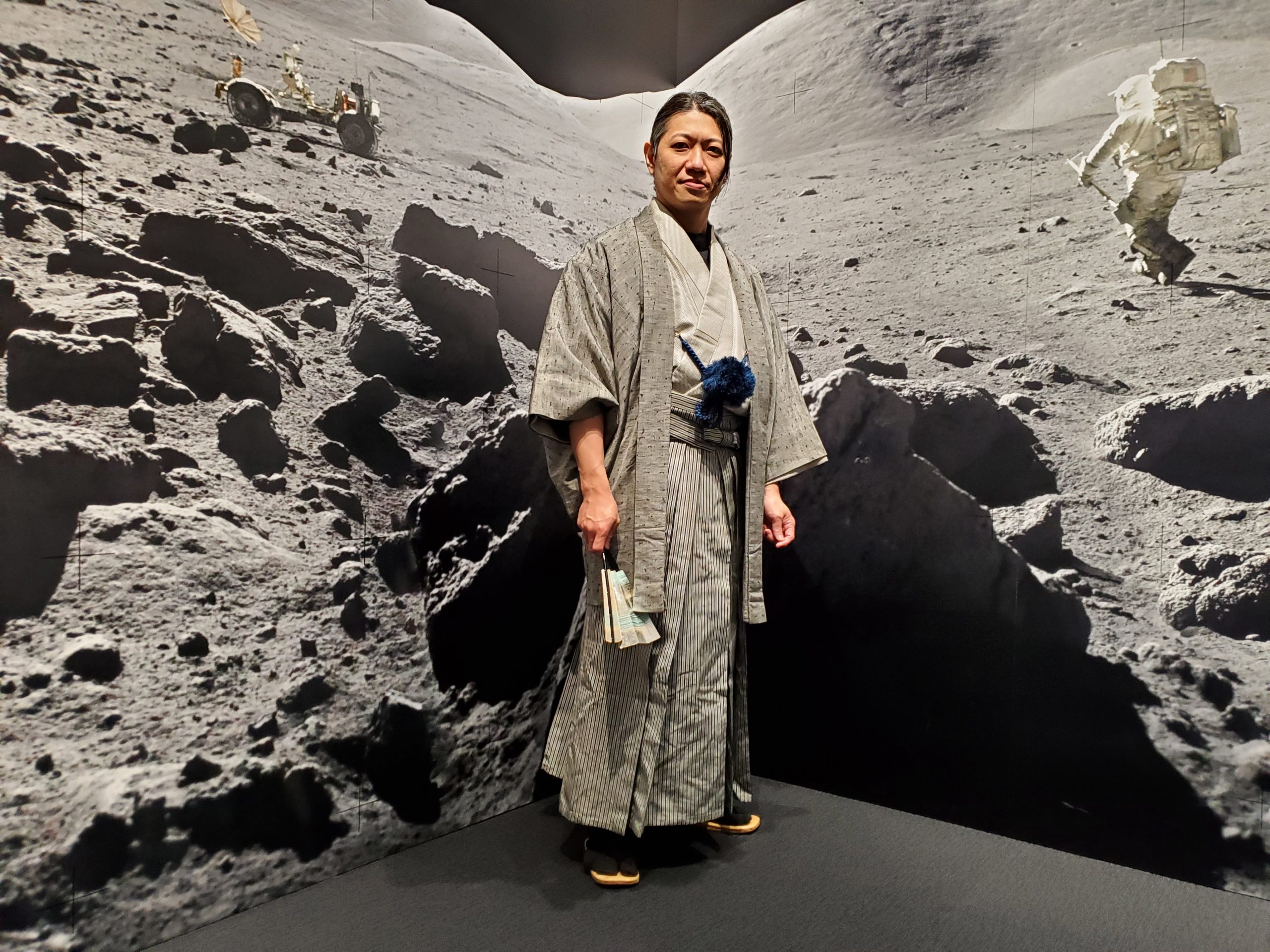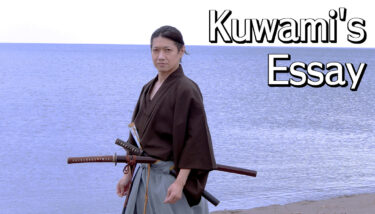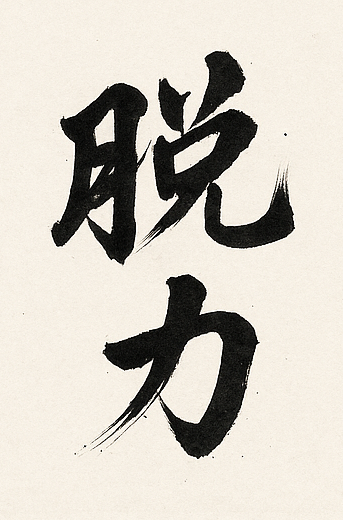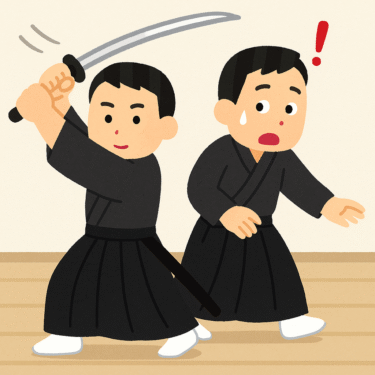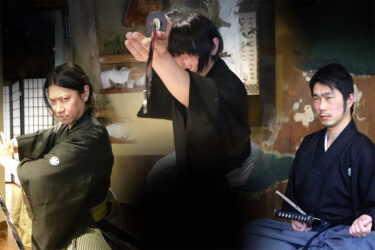In the martial arts world, it is common to hear questions like, ‘Are the techniques being passed down now really the same as those of the founder?’ Such simple doubts are perfectly natural. They also reflect a sense of curiosity and have academic significance, so they should not be dismissed.
However, they hold no more value than that.
Martial arts that have been passed down through direct transmission from person to person are like a game of telephone. Sometimes, the words may change, and interpretations may shift. But in martial arts, we accept these changes. This isn’t a game of telephone played by outsiders. Granting licenses and full transmission is a testament to entrusting the inheritor with the style, including any changes.
There are those who compare old records with the current practice and declare, ‘The transmission is incorrect,’ or ‘It has been lost.’ But making such definitive statements based on limited existing records is extremely risky. There are countless possibilities, such as errors in the records, the existence of multiple methods, or the possibility that the recorded content has been passed down while a different method is publicly shown.
Such actions cannot be entirely condemned, but at the same time, one should start by striving to refine their own skills more proactively. This is advice born from my own self-reflection.
When I first joined Tenshin-ryu, there were no senior disciples who were at a level to teach a large number of techniques, and Tenshin Sensei did not want to pass on incorrect information. Therefore, his instruction was quite limited. Nowadays, even with some uncertainties, he teaches the content he recalls, but in the past, the techniques were extremely fragmentary.
Therefore, I observed and learned various things out of curiosity about what Shinkage-ryu, which can be considered the origin of Tenshin-ryu, was like. In the end, it was to no avail. No matter how much they shared the same origins or how old the records were, there was nothing more valuable than practicing the techniques taught by Tenshin Sensei when it came to learning the style. Because that was not t Tenshinryu.
In the end, the answers to my questions always came from practice.
Of course, knowing about classical martial arts as knowledge or trivia is beneficial. It is significant in the sense that it helps to view Tenshinryu from a broader and more objective perspective. However, it never goes beyond that.
Just as comparative linguistics studies the evolution of languages, their ancestral forms, and the influence of derived languages, such research in classical martial arts is extremely significant as a study of Japan’s proud traditional culture. However, for an inheritor, nothing is more important than refining their own style.
By ‘inheritor’ here, I do not mean those with licenses, full transmission, or partial transmission, but all practitioners. Training is a battle with doubt. It is a path that the ancients discovered through their own struggles, but we cannot learn it as they did in the past. For modern people with different cultural backgrounds, it is inevitable and unavoidable that they will encounter different kinds of doubts than those of the past.
Nevertheless, it is by continuing to walk the path with faith that things begin to become clear.
Tenshin-ryu has many techniques, but it also has many teachings that make you think, ‘What is this?’ Tenshin Sensei is someone who can be considered foolishly straightforward, with his belief that ‘Everything I was taught is everything!’ and ‘Tenshinryu is everything!’ In a sense, this means he has no doubts. In a sense, he is very fortunate. However, we have many questions.
There is an interesting example. In the Zaho’s long sword Chiburui, you strike your right wrist with your left hand holding the scabbard, but hitting it hard is very difficult. During practice, I caused internal bleeding in my right hand many times. Tenshin Sensei must have seen me struggling many times, but when I asked him directly about ten years after joining, he said, ‘That’s not true!’ and seemed to have never doubted this action. However, when he tried it himself, he realized its difficulty for the first time in half a century, struggled to hit it hard, and eventually gave up.
Sometimes, when Tenshin Sensei’s memory is unclear and we are struggling through trial and error, he would say the worst thing a teacher could say, ‘If you’re going to complain, let the technique be lost!’ (This was Tenshin Sensei’s typical response when he couldn’t answer doubts well or perform techniques properly himself. He frequently throws tantrums like a child.)
Even in such difficult circumstances, we must keep practicing. If we doubt the content of the transmission at every step, we will not learn anything, and we will fail to understand what we should be able to understand, resulting in a distorted, self-styled interpretation. If you want to create your own style, that’s fine, but for those with licenses or full transmission, it will be glaringly obvious when things are significantly out of place.
Fortunately, in the present day, there is no longer a need to fulfill the role of a samurai.
There is no necessity to engage in life-or-death combat using swords and spears.
Having such a level of resolve is admirable, but the desire to actively use it as a form of violence is antisocial behavior.
Without rushing, you can face the traditions, techniques, and teachings, and practice diligently until you are fully convinced. And even if you fail or are unskilled, who can complain?
If a teacher cannot create an environment where one can practice joyfully, people will leave that tradition, and it will eventually decline.
This kind of leniency, in a sense, is what is required now.
Kuwami Masakumo Isshin 鍬海 政雲 一心
